World War I, also known as the Great War, was one of the most significant conflicts in modern history. It began in 1914 and lasted until 1918. The war involved many of the world’s major powers and resulted in millions of deaths. Understanding the causes, major events, and lasting impact of World War I is key to grasping its importance in shaping the 20th century.
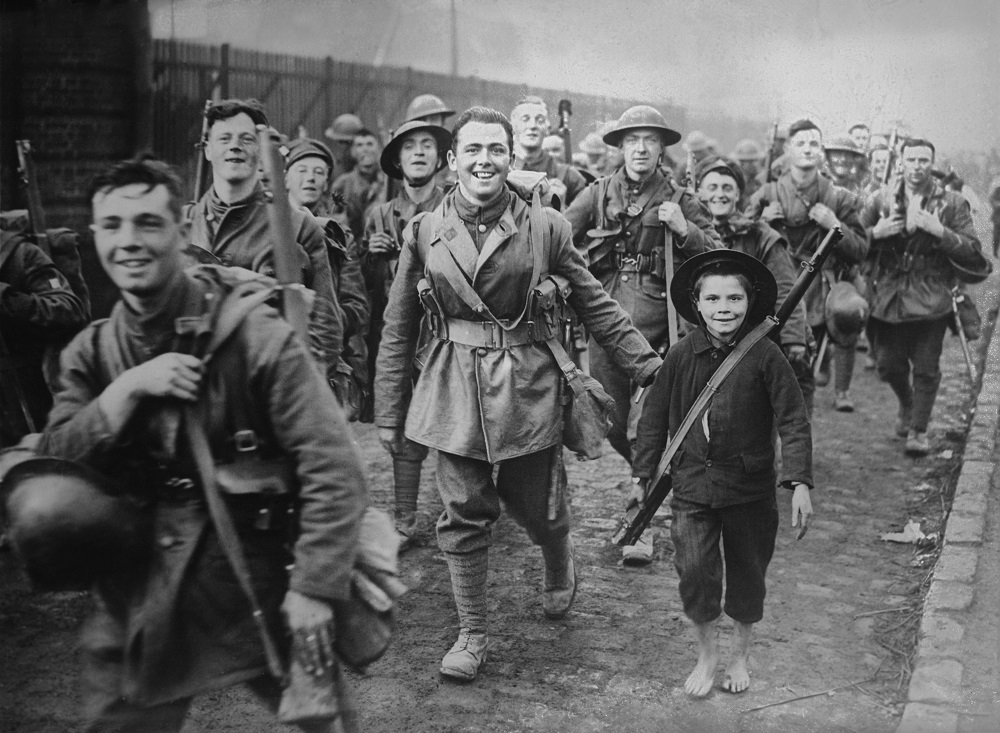
The Causes of World War I
The causes of World War I were complex and interrelated. Several factors contributed to the outbreak of the war, including alliances, militarism, imperialism, and nationalism.
1. Alliances
Before the war began, many European countries had formed alliances for protection. These alliances were designed to prevent war by creating a balance of power. If one country was attacked, its allies would come to its defense. The two main alliances were the Triple Entente and the Triple Alliance.
- The Triple Entente included France, Russia, and the United Kingdom.
- The Triple Alliance consisted of Germany, Austria-Hungary, and Italy.
These alliances created a situation where a conflict between two countries could quickly involve other nations, making the war much larger.
2. Militarism
Another key cause of World War I was militarism. Many countries, particularly in Europe, had been building up their military forces. This increase in military power led to an arms race. Countries were eager to show off their new weapons and technology, and they believed that war would be quick and decisive. The rise of militarism made the outbreak of war more likely, as countries felt more confident in their ability to win.
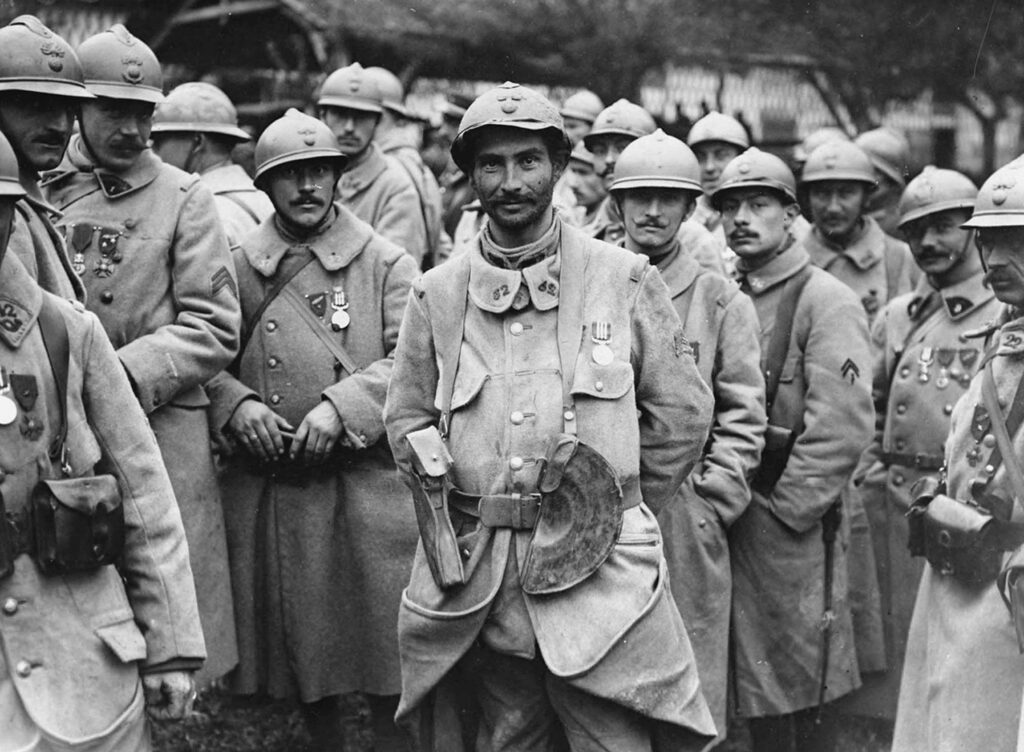
3. Imperialism
Imperialism also played a major role in the lead-up to World War I. Many European nations were competing for colonies and resources in Africa, Asia, and other parts of the world. This competition created tension between countries, as they fought for control of these territories. The desire for more land and resources contributed to the hostile environment in Europe.
4. Nationalism
Nationalism, or the belief in the superiority of one’s own country, also contributed to the outbreak of war. Many people in Europe believed that their country was the best and deserved more power and influence. This sense of nationalism fueled tensions between countries and encouraged people to support war efforts.
The Spark that Ignited the War
While the causes of World War I were building for years, the immediate trigger for the war was the assassination of Archduke Franz Ferdinand of Austria-Hungary. On June 28, 1914, Ferdinand and his wife were killed by a Serbian nationalist in Sarajevo. Austria-Hungary blamed Serbia for the attack and declared war on the country. Due to the system of alliances, other countries quickly became involved.
Germany supported Austria-Hungary, while Russia came to Serbia’s aid. France and the United Kingdom soon entered the conflict, as did Italy and other countries. Within weeks, what had started as a conflict between Austria-Hungary and Serbia had turned into a full-scale world war.
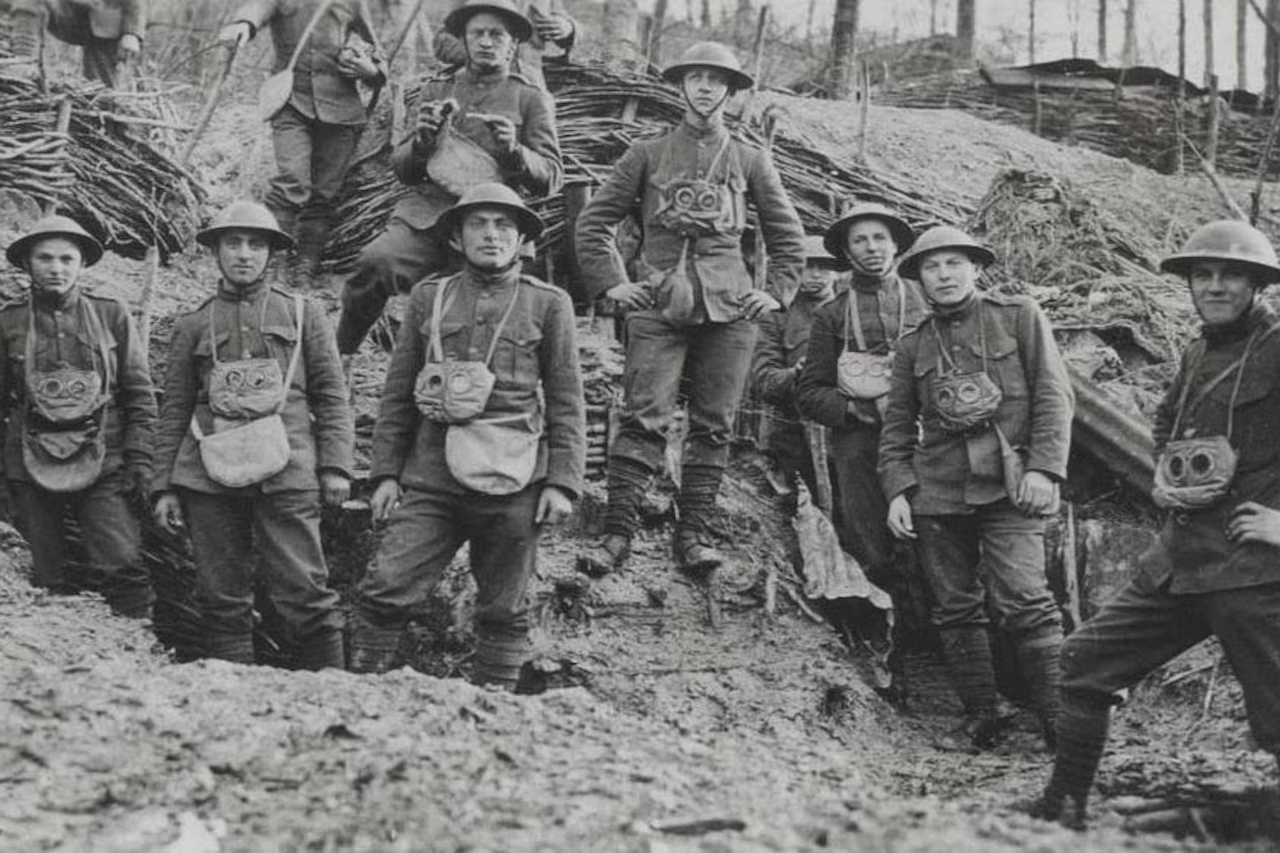
Major Events of World War I
World War I was fought on multiple fronts, with major battles taking place in Europe, Africa, and the Middle East. The war was marked by trench warfare, new technologies, and high casualty rates. Several key events shaped the course of the war.
1. Trench Warfare
One of the most defining features of World War I was trench warfare. Soldiers on both sides dug deep trenches along the Western Front, which stretched from the North Sea to Switzerland. These trenches were heavily fortified and protected by barbed wire and machine guns. Life in the trenches was brutal, with soldiers facing constant threats from enemy fire, disease, and harsh weather conditions.
The trench warfare led to a stalemate on the Western Front, as neither side could gain a significant advantage. The war became a war of attrition, with both sides suffering heavy losses for little territorial gain.
2. The Use of New Weapons
World War I saw the introduction of new weapons and technologies that changed the nature of warfare. Machine guns, tanks, airplanes, and poison gas were all used for the first time on a large scale. These weapons made the war more deadly and contributed to the high casualty rates.
Poison gas, in particular, was a new and terrifying weapon. Both sides used gas to disable and kill enemy soldiers. Gas attacks caused painful injuries and often resulted in death. Soldiers had to wear gas masks to protect themselves, but the use of gas made the war even more horrifying.
3. The Entry of the United States
In 1917, the United States entered World War I on the side of the Allies. Several factors led to the U.S. joining the war, including German unrestricted submarine warfare and the interception of the Zimmermann Telegram, in which Germany proposed an alliance with Mexico against the United States.
The entry of the United States into the war provided a significant boost to the Allied forces. American soldiers, known as “doughboys,” helped to turn the tide of the war in favor of the Allies. The U.S. also provided much-needed financial and military support.
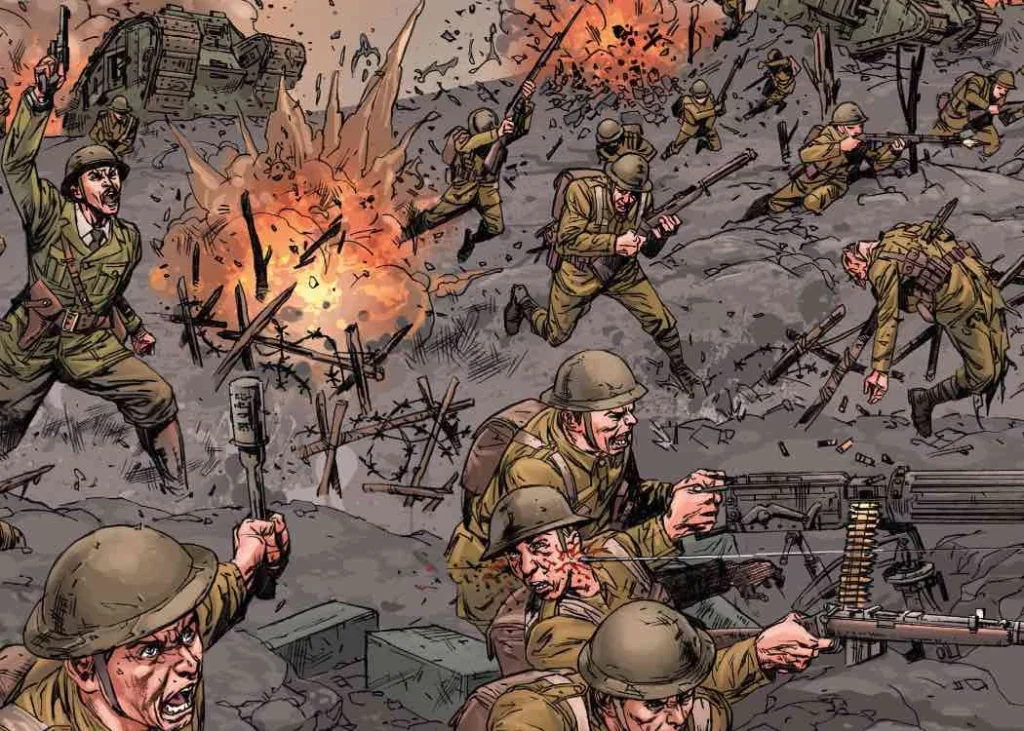
4. The Russian Revolution
While the war raged on the Western Front, a major event was taking place in Russia. In 1917, the Russian Revolution led to the overthrow of the Russian monarchy and the rise of the Bolsheviks, a communist group led by Vladimir Lenin. The Bolsheviks took control of the Russian government and signed a peace treaty with Germany, withdrawing Russia from the war.
This development allowed Germany to shift its focus to the Western Front, but it was ultimately not enough to turn the tide in Germany’s favor.
The End of the War and the Treaty of Versailles
World War I came to an end on November 11, 1918, when Germany agreed to an armistice. The war had taken a devastating toll on all sides, with millions of soldiers and civilians dead. The aftermath of the war led to the signing of the Treaty of Versailles in 1919.
The Treaty of Versailles placed heavy blame for the war on Germany. As part of the treaty, Germany was forced to give up territory, disband much of its military, and pay reparations to the Allied powers. The treaty was highly controversial, and many Germans viewed it as unfair.
The Lasting Impact of World War I
The effects of World War I were far-reaching and long-lasting. The war had a profound impact on the political, social, and economic landscape of the world.
1. Political Changes
One of the most significant impacts of World War I was the collapse of several empires. The German, Austro-Hungarian, Ottoman, and Russian Empires all fell as a result of the war. New countries were created in Europe and the Middle East, and borders were redrawn.
The war also led to the rise of new political ideologies, such as communism and fascism. The Russian Revolution of 1917 established the first communist state, and the instability in Europe contributed to the rise of fascist leaders like Adolf Hitler in Germany.
2. Social and Economic Impact
World War I also had a significant impact on society. The war resulted in the deaths of millions of soldiers and civilians, leaving a generation of people deeply affected by the loss. The economic cost of the war was enormous, with many countries facing debt and financial instability in the years that followed.
The war also led to social changes, particularly in the roles of women. With many men fighting on the front lines, women took on new roles in the workforce and in society. This shift helped pave the way for greater gender equality in the years to come.
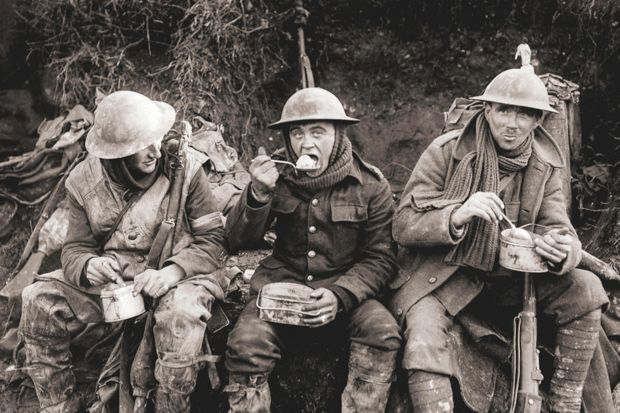
3. The Seeds of World War II
The Treaty of Versailles and the unresolved tensions from World War I contributed to the outbreak of World War II just two decades later. The harsh terms of the treaty, combined with economic hardship and political instability, created an environment in which totalitarian leaders like Hitler could rise to power. The failure to create lasting peace after World War I set the stage for another devastating conflict.
Conclusion
World War I was a transformative event in world history. Its causes were rooted in complex factors like alliances, militarism, imperialism, and nationalism. The war itself was marked by trench warfare, new technologies, and significant political changes. Its lasting impact shaped the political, social, and economic landscape of the 20th century, and its unresolved issues led to the outbreak of World War II. Understanding the causes and consequences of World War I is essential to understanding modern history.

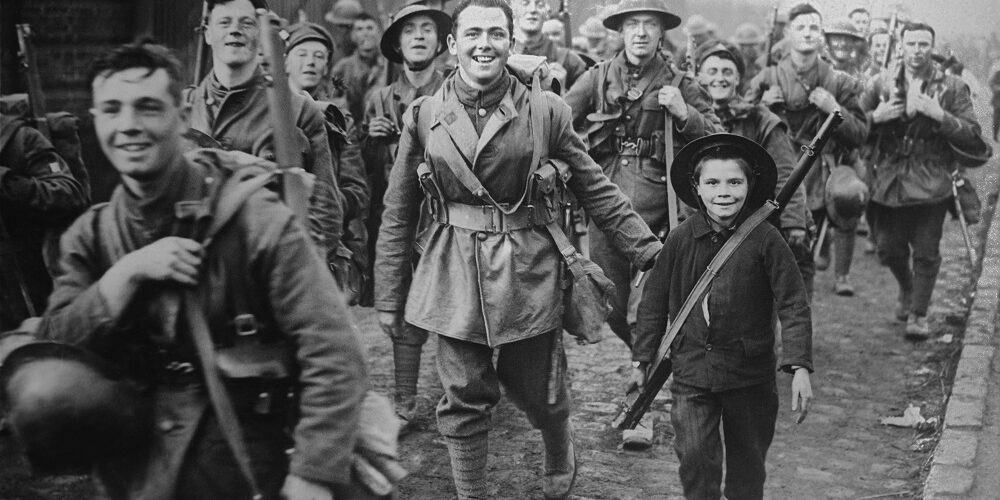

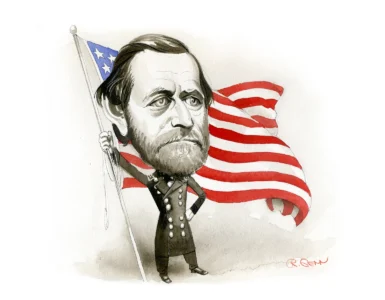
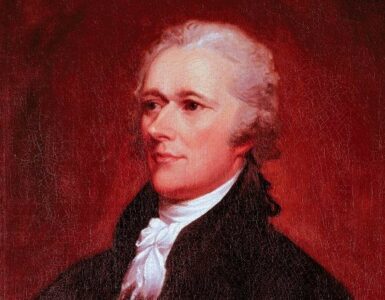
Add comment